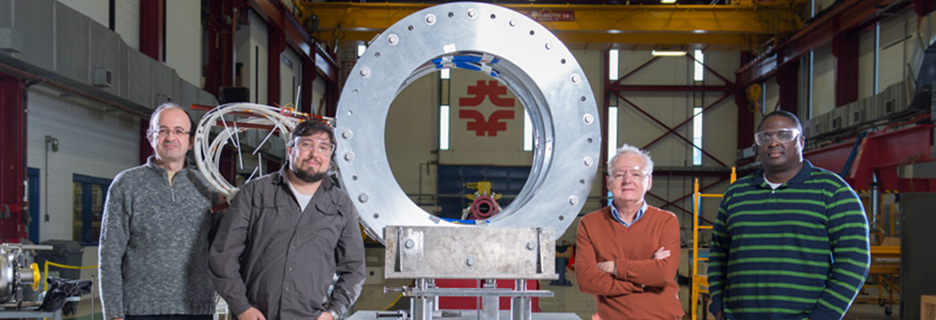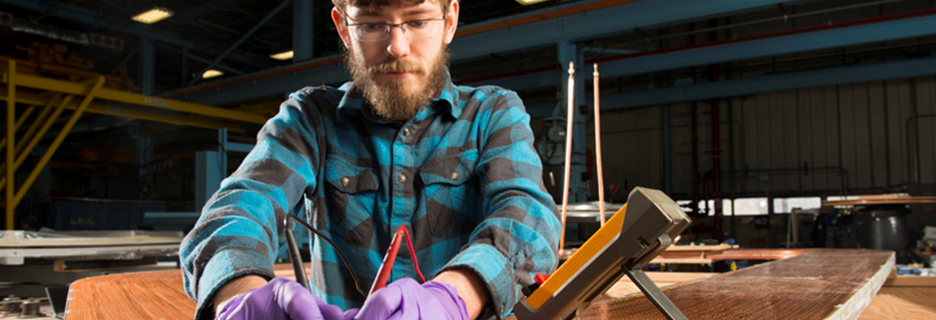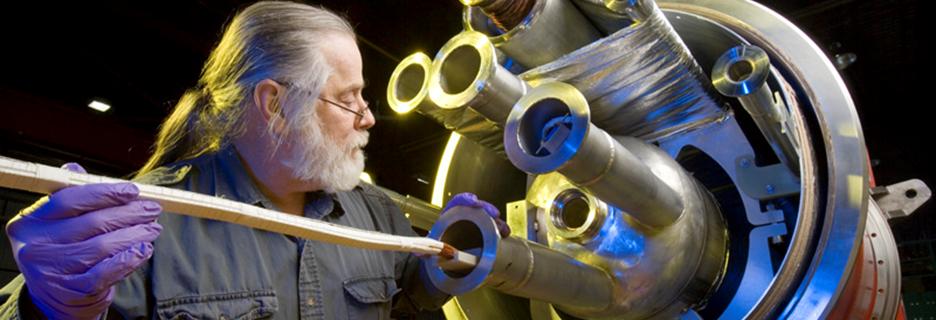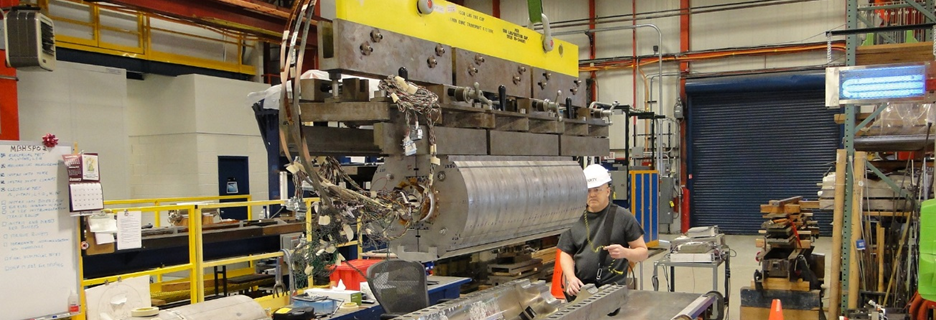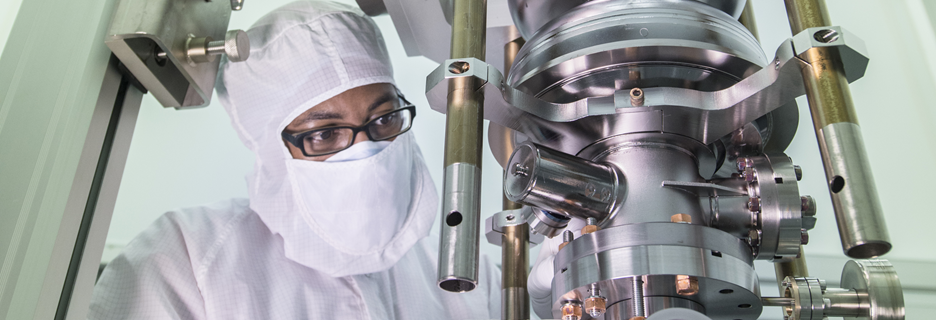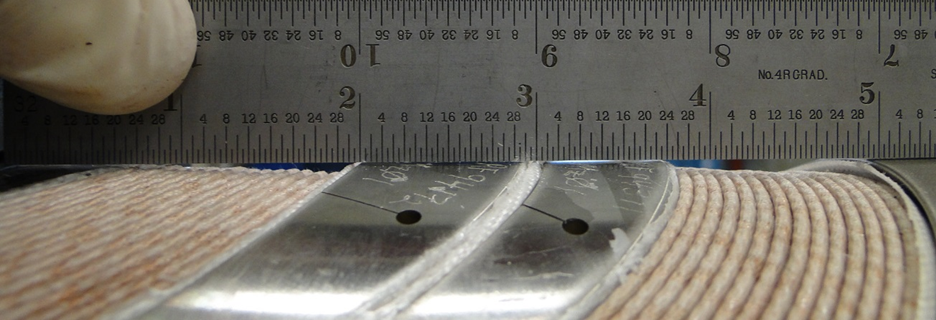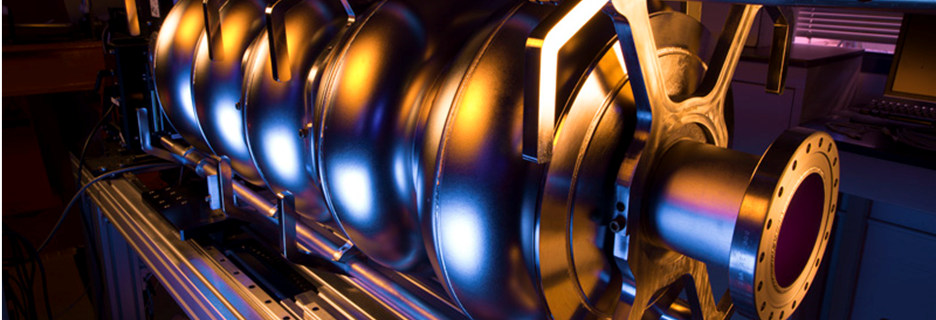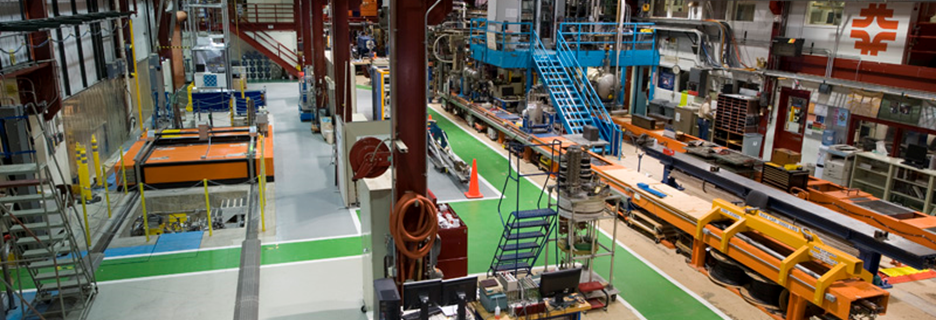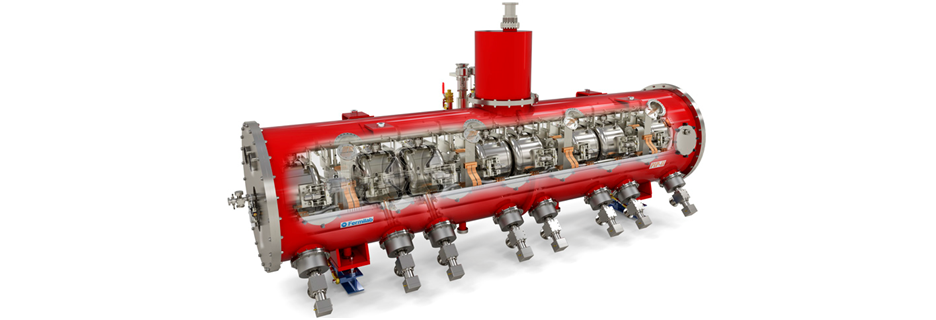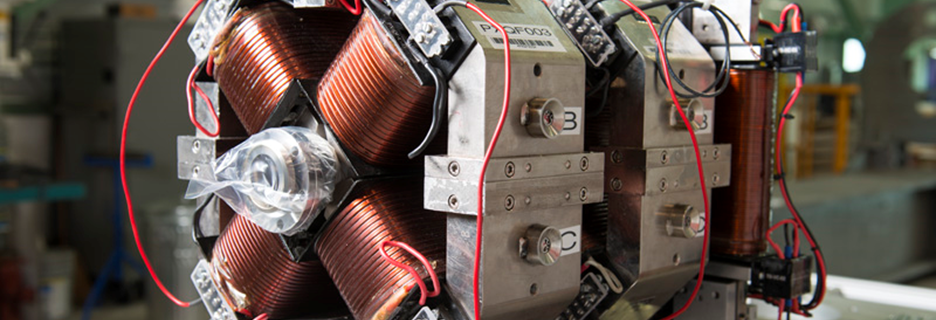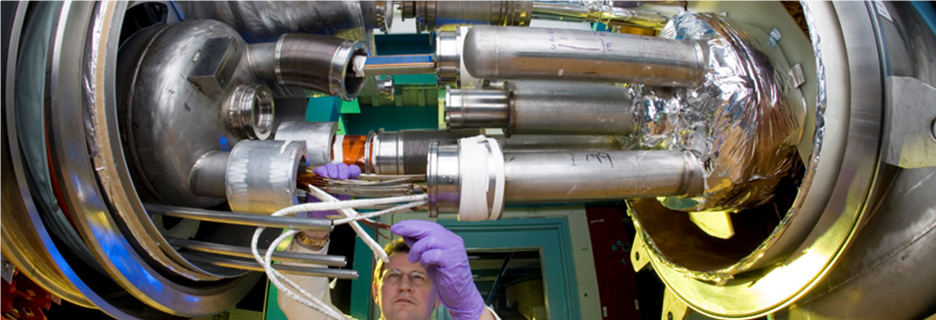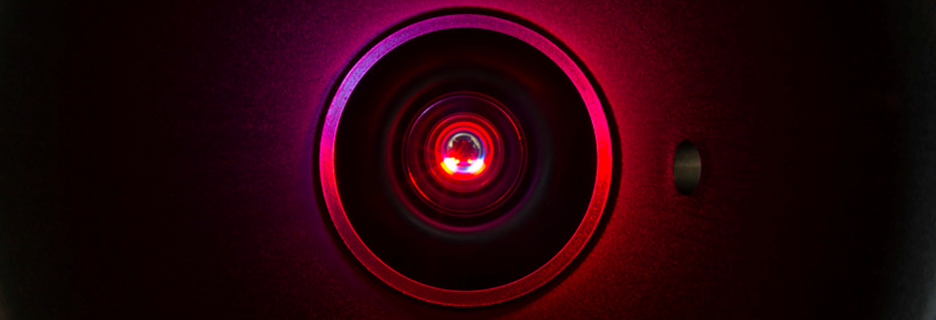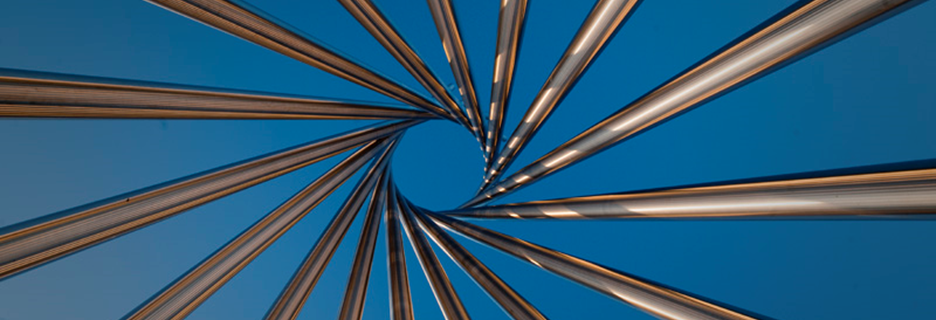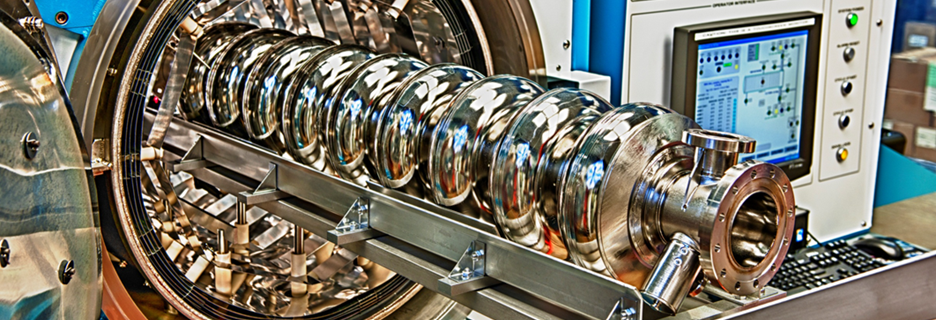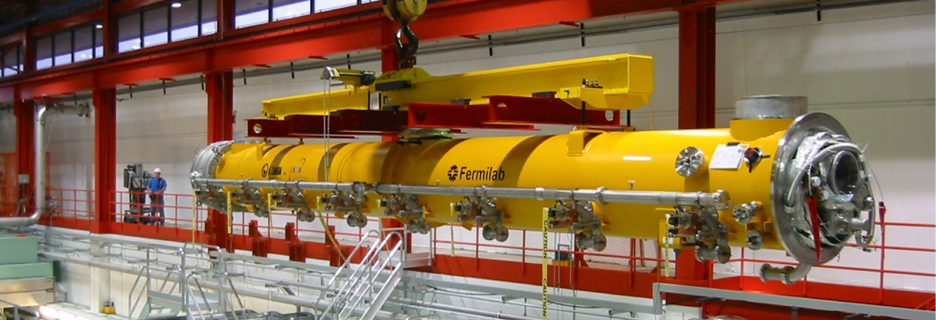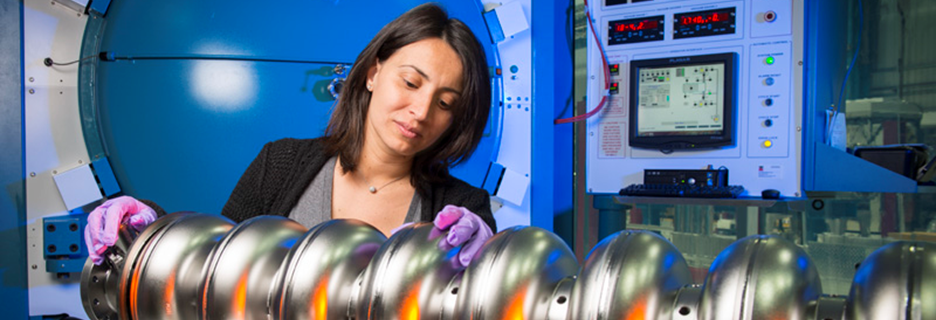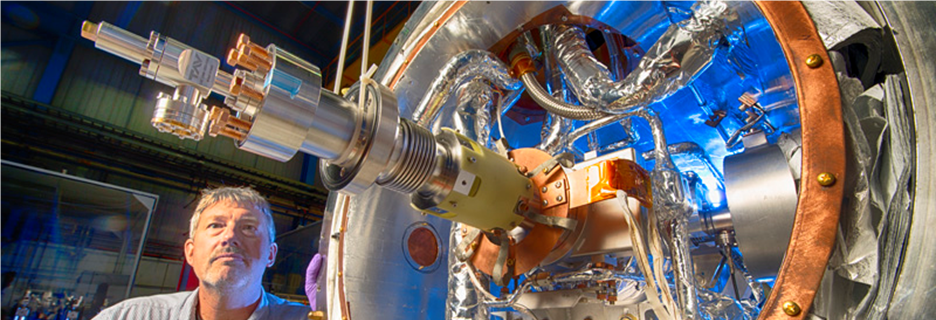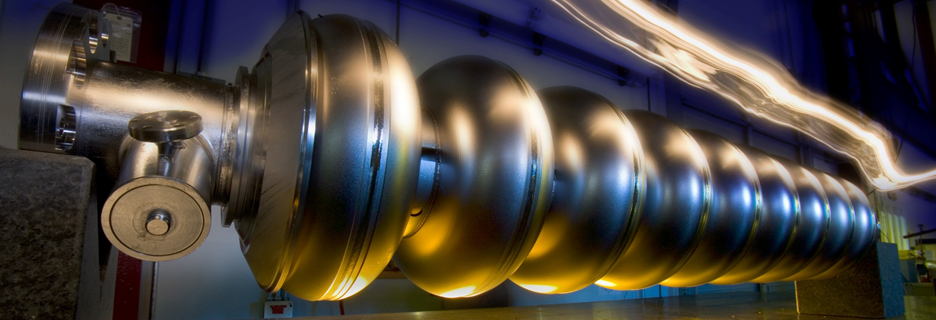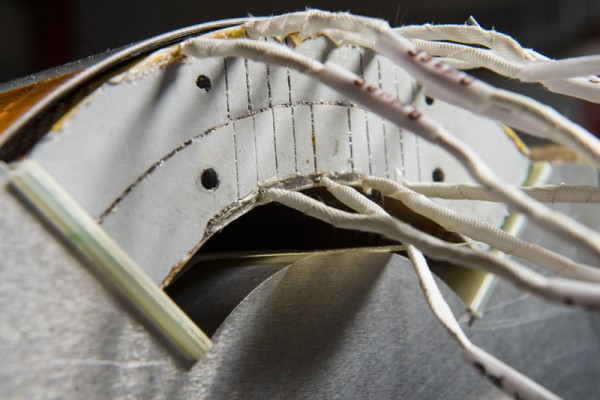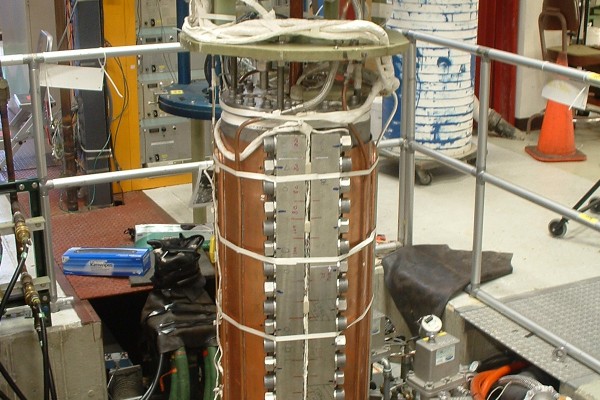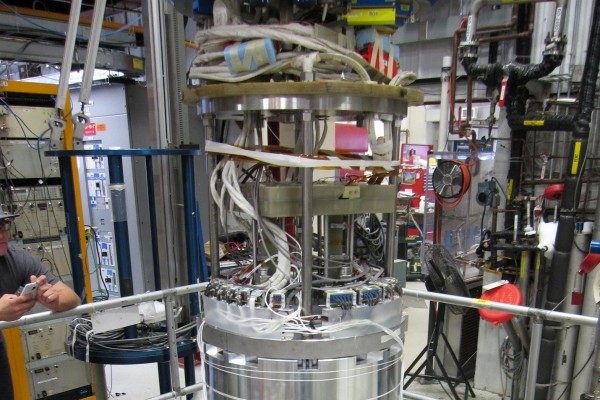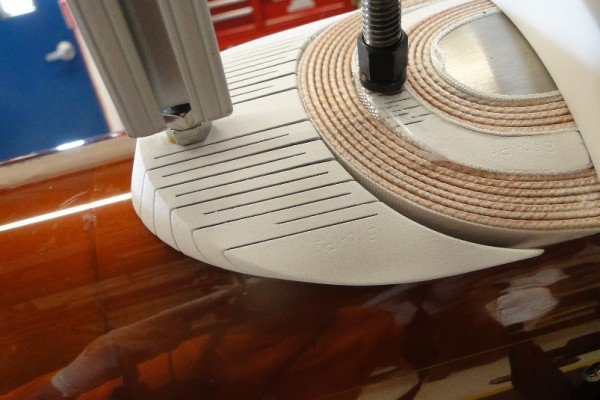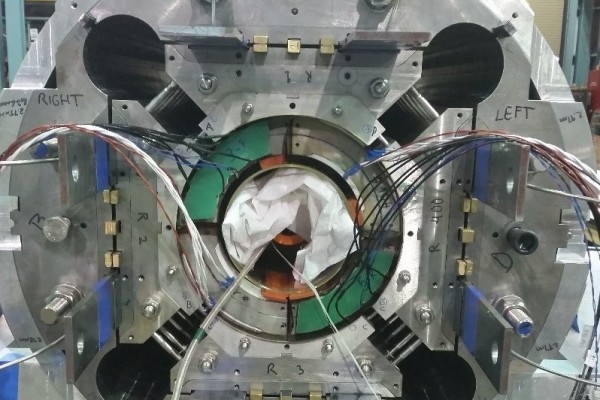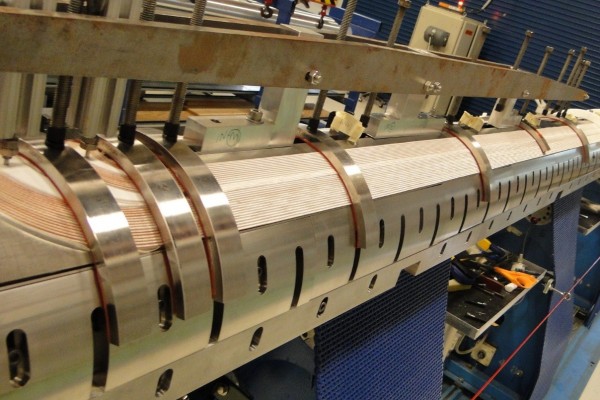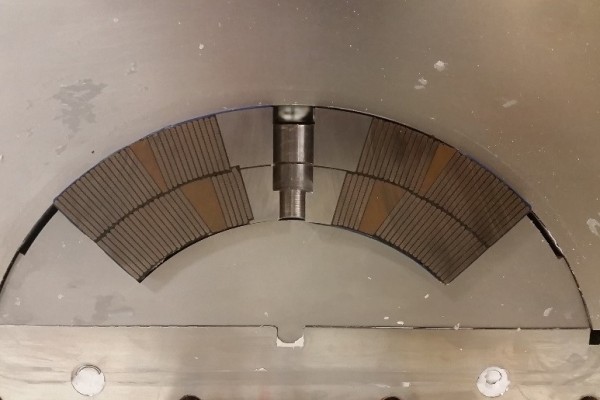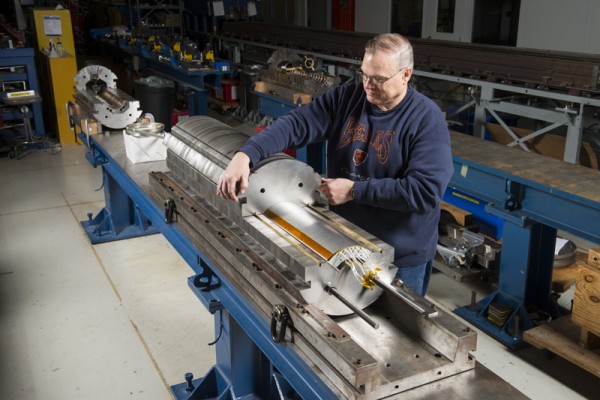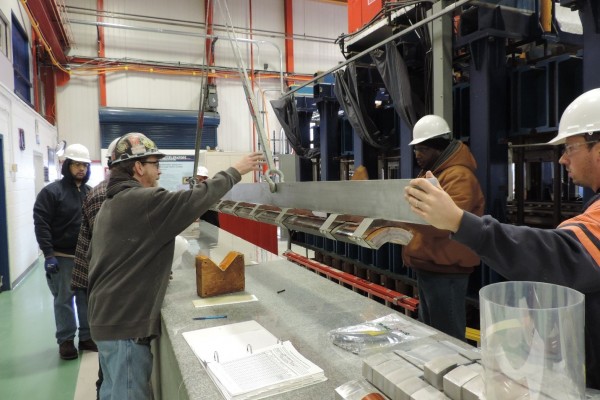This page describes the Applied Physics and Superconducting Technology Directorate (APS-TD) contribution to LARP. More information can be found at the LARP website: http://www.uslarp.org/.
The LARP collaboration is comprised of four primary member laboratories:
- Fermi National Accelerator Laboratory
- Brookhaven National Laboratory
- Lawrence Berkeley National Laboratory
- Stanford Linear Accelerator Center
Old Dominion University and Jefferson Laboratory also contribute to LARP crab cavity efforts
Interaction Region Quadrupoles
A key technology for Hi-Lumi LHC are large aperture Nb3Sn interaction region quadrupoles for final beam focusing. LARP has incrementally and successfully developed 90, 120, and 150 mm aperture quadrupoles using the brittle yet powerful material Nb3Sn. This development has taken place over the past 10 years with sufficient robustness to enable deployment in the LHC.
APS-TD is heavily involved in the fabrication of the Hi-Lumi LHC Interaction quadrupoles from winding to testing. All prototype coils for the Hi-Lumi upgrade are wound and cured with a ceramic binder for handling in the Industrial Building Complex. The superconductor technology requires a 640°C Nb3Sn formation heat treatment and subsequent epoxy impregnation accomplished by APS-TD. After four coils are assembled and preloaded into a magnetic flux return, the full magnet structure is cold tested within APS-TD’s test facility.
Crab Cavities
Beams of particles cross at slight angles when they collide which reduce the collision rate for typical particle colliders. To increase the number of collisions and thus the luminosity each beam bunch can be slightly rotated increasing the cross sectional area. In Hi-Lumi LHC this rotation will be achieved by superconducting RF Crab cavities. Crab cavities are under development in APS-TD for ‘kicking’ the nose and tail of each bunch in opposite directions to maxim the luminosity increase for Hi-Lumi LHC.

